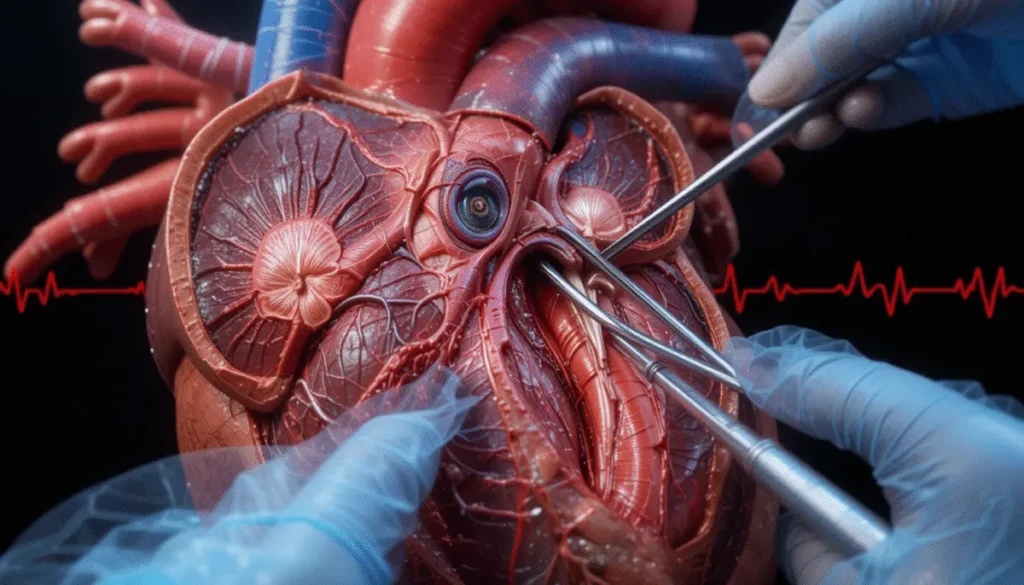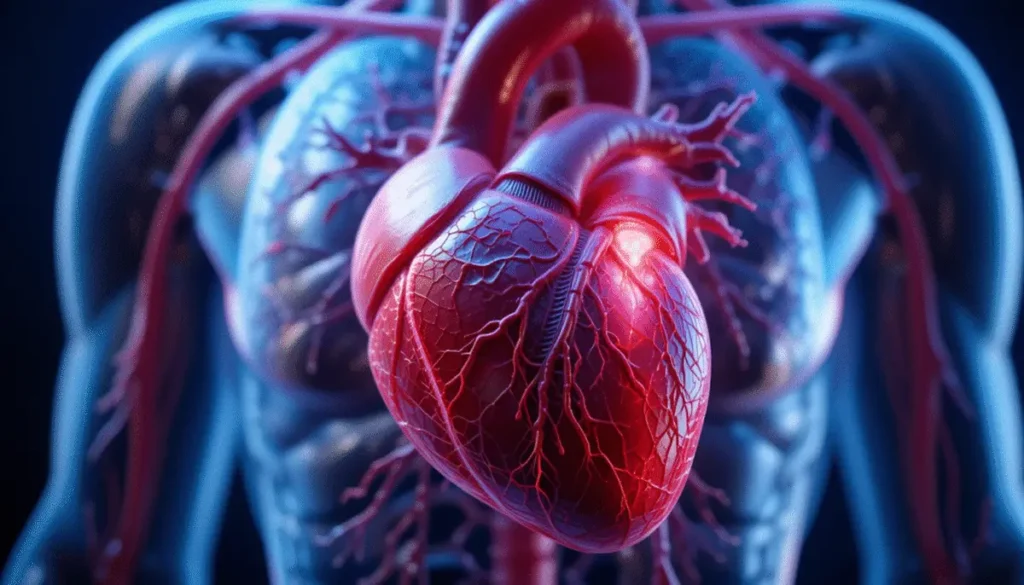Chest pain is one of the most frequent and critical complaints in emergency and outpatient settings. Among its many causes, angina pectoris—a manifestation of coronary artery disease (CAD)—requires urgent evaluation to rule out myocardial infarction and prevent sudden cardiac death.
This post outlines a practical approach to stable and unstable angina, including classification, diagnosis, emergency management, and risk stratification.
🔍 What Is Angina?
Angina pectoris is chest discomfort caused by myocardial ischemia, typically due to reduced coronary blood flow.
✅ Classification of Chest Pain:
| Type | Characteristics |
|---|---|
| Typical Angina | 1. Substernal chest pressure/crushing pain 2. Provoked by exertion/stress 3. Relieved by rest or nitroglycerin |
| Atypical Angina | Meets 2 out of 3 classical angina features |
| Non-anginal Pain | Meets 1 or none of the typical angina characteristics |
📌 Atypical Presentations
- Decubitus Angina – Occurs when lying flat, relieved upon sitting
- Warm-up Angina – Begins with exertion but improves with continued activity
🛑 Initial Evaluation in Emergency
High suspicion is crucial. Always start with:
- Focused history & physical exam
- Vital signs
- ECG (ASAP)
- Cardiac enzymes (Troponin, CK-MB)
- Chest X-ray
Stabilize hemodynamics if the patient is hypotensive, bradycardic, or in distress.
💊 Initial Medical Management
| Medication | Purpose |
|---|---|
| Aspirin (325 mg) | Immediate mortality reduction, inhibits platelet aggregation |
| Sublingual Nitroglycerin | Relieves pain by venodilation (⚠️ Avoid in hypotension or bradycardia) |
| Oxygen | For hypoxic patients (<90% saturation) |
⚠️ Check for Aortic Dissection Before Aspirin
- Measure blood pressure in both arms
- Large discrepancy = suspect aortic dissection → avoid aspirin
📉 ECG Interpretation
ST-Segment Elevation
- Indicates STEMI
- Immediate initiation of reperfusion therapy required
ST Depression / T-wave Inversion
- Suggests NSTEMI or unstable angina
Normal ECG
- Still doesn’t rule out ischemia; cardiac enzymes are essential
🧪 Cardiac Enzymes
| Marker | Time to Rise | Duration | Utility |
|---|---|---|---|
| Troponin I/T | 4–6 hrs | 7–14 days | Most specific & sensitive for MI diagnosis |
| CK-MB | 3–6 hrs | 2–3 days | Best for reinfarction detection within a week |
🧬 Interpreting the Results
| ECG Findings | Enzyme Status | Likely Diagnosis |
|---|---|---|
| ST Elevation | Elevated | STEMI |
| ST Depression/Other Changes | Elevated | NSTEMI |
| ST Depression/Normal ECG | Normal | Unstable Angina |
| Normal ECG + Normal Enzymes | — | Consider non-cardiac causes (e.g. GI, pulmonary) |
🧪 Further Testing if Initial Workup is Inconclusive
Stress Testing
Used when angina is suspected but resting ECG and enzymes are non-diagnostic.
- Exercise ECG – If patient can exercise and baseline ECG is normal
- Stress Echo/Nuclear Imaging – If baseline ECG is abnormal
- Pharmacologic Stress Test – If unable to exercise (e.g. Dobutamine, Dipyridamole)
Positive Stress Test → Proceed to Coronary Angiography
🫀 Coronary Angiography
The gold standard to identify:
- Location and severity of stenosis
- Number of vessels involved
- Eligibility for PCI or CABG
Indications for CABG:
- Left main coronary artery disease
- Triple vessel disease
🧠 Summary Flowchart
plaintextCopyEditChest Pain ➝ ECG + Troponin + CXR
↓
If ST-Elevation → STEMI → Reperfusion
If ST-Depression + ↑Troponin → NSTEMI
If Normal ECG + ↑Troponin → NSTEMI
If Normal ECG + Normal Troponin + High Suspicion → Stress Test
If Stress Test Positive → Angiography → PCI/CABG
If CXR Positive → Non-cardiac cause
🧪 Key Learning Points
- Always suspect cardiac origin first in chest pain
- Aspirin saves lives if not contraindicated
- Normal ECG ≠ No cardiac disease
- Troponins are the most specific early markers
- CK-MB helps detect reinfarction
- Stress testing is the bridge between clinical suspicion and angiography



